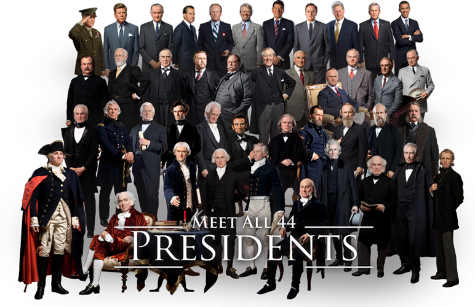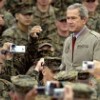
Constitutional Requirements: The requirements of the president are that he must be a natural born citizen and reside at least 14 years in the United States. He must be 35 years old, those are the requirements written in the constitution but still today there are hidden requirements that we generally follow even though its not an actual requirement. These include, being a male, coming from a wealthy family, and going to a prestigious school. |
Terms of presidency and Pay: Today the President earns about 400,000 dollars each year in office. president can serve 2 terms in office and each term is four years, but to be a president comes with many responsibilities and definitely takes a tole on the over all physical and mental health of the person in office so it’s unlikely for a president to serve a full 2 terms (8 years). |
Office of The Vice President: The vice presidents role is much less than the presidents, although it seems like such a high titled job, really the only big responsibilities of the vice president are to preside over the senate voting in a tie and to take over presidency in the case of assassination or if the president becomes disabled. In the past the Vice president has not had a very exciting job but in recent time the president has given the vice president more roles like, involving their vice president in policy discussions and important diplomacy. |
Presidential Succession:Presidential succession is the idea that when the president dies or is no longer able to be the president there needs to be someone next up to take on that role. For this reason the government created a line of people to take on the role of the presidency in case of an unexpected tragedy.
|
Roles of the President: |
Electoral College- This is an American Institution that the constitution created to provide the public to select the president. The Electoral state sometimes overrepresents and with close states it can affect the whole idea of selecting by popular vote. |









